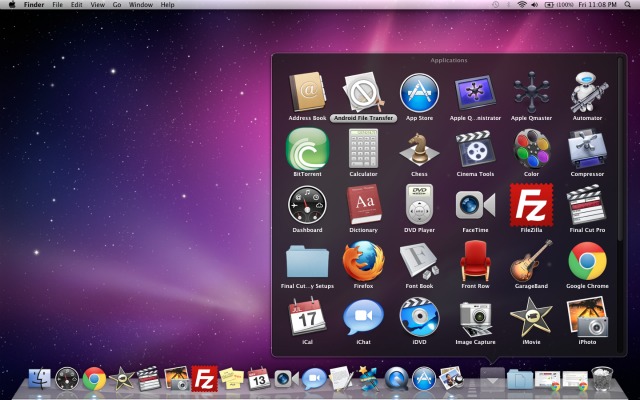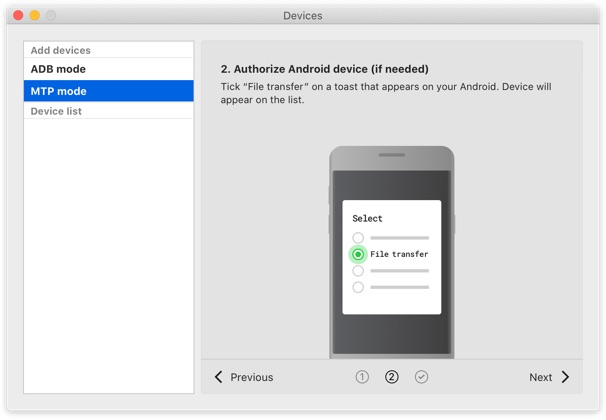

A reminder that ISO images are always mounted in read-only mode appears in the terminal window. It is easy to mount an ISO image so that you can access its contents as part of the file system. RELATED: What Is the Linux fstab File, and How Does It Work? Mounting an ISO Image If that doesn’t happen, then at least you will get diagnostic messages on the screen and in the system logs that will guide you to seek out the cause of the problem. On a computer with file system issues, however, the remount might clear the problems. sudo mount -aĪdmittedly, on a correctly operating computer, it is a little underwhelming. You’ll need to use sudo, so you’ll be prompted for your password. It really comes into its own if you have issues with multiple file systems. Under normal operating conditions this is not required. You can use mount to force a “refresh” and remount all the file systems listed in fstab.
MOUNT ANDROID ON MAC HOW TO
RELATED: How to View Free Disk Space and Disk Usage From the Linux Terminal Remounting All File Systems in fstabĪll of the file systems mounted at boot time have entries in a file called fstab, which is the file system table located within /etc. You can easily see the names of the file systems, their capacities, used and free space, and their mount points. To force df to ignore them-or any other file system type- use the -x (exclude) option: df -x squashfs The df command can also be used to display which file systems are mounted and where their mount points are.ĭf used with no parameters gives you the same information overload problem as mount. As an example, in Ubuntu Linux, there is a squashfs pseudo-file system created for each and every application that has been installed using the snap command. Who wants to see all of those? RELATED: Which Linux File System Should You Use? Interrogate Your File System With df


In Linux, the file system is an all-in-one directory tree.
MOUNT ANDROID ON MAC WINDOWS
Windows assigns each volume a drive letter such as C: or D: and the file system for each volume is a tree of directories sitting below that drive letter. The file systems in Linux, macOS, and other Unix-like operating systems don’t use separate volume identifiers for storage devices in the way that, say, Windows does.


 0 kommentar(er)
0 kommentar(er)
